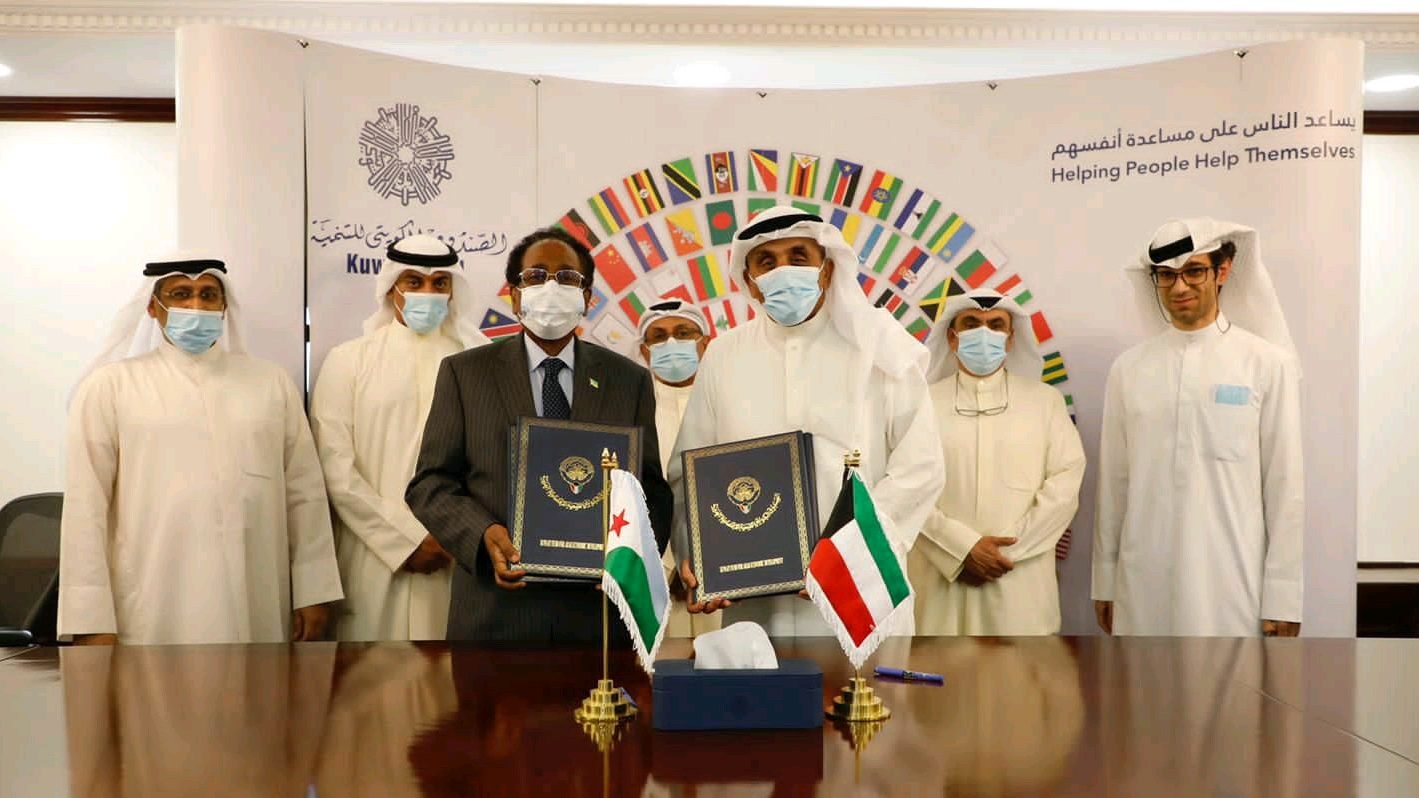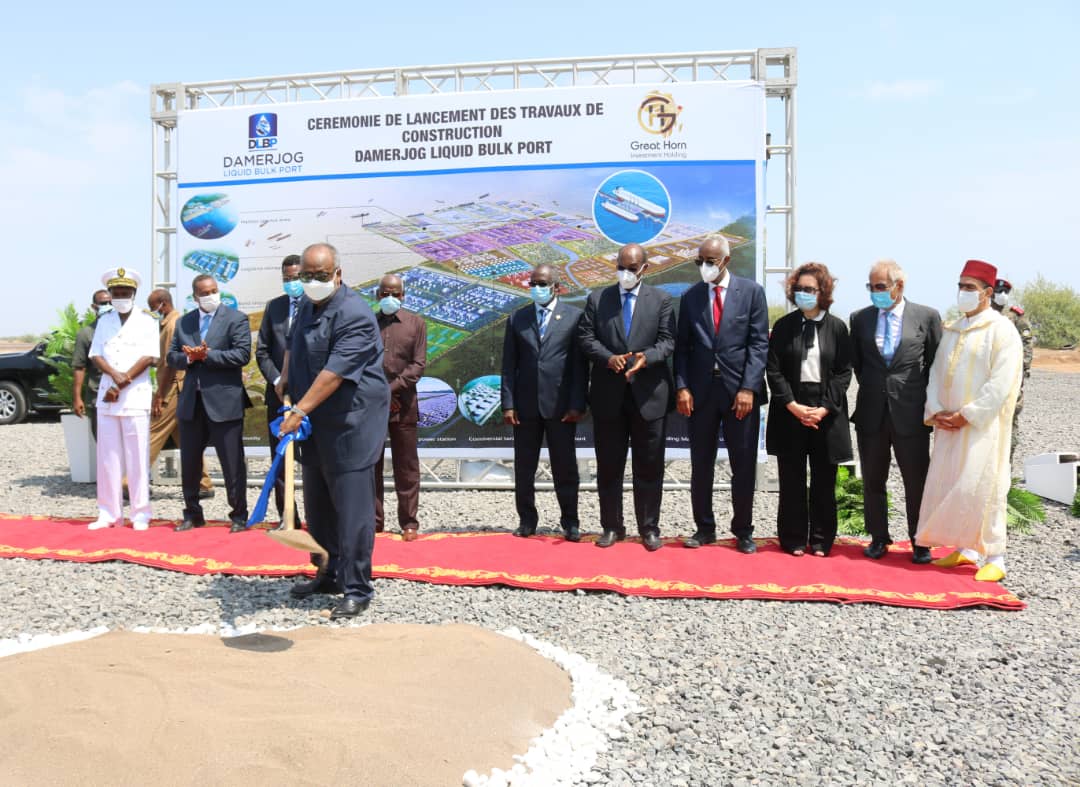Djibouti has no natural resources, a land area of only 23,200 km2 and a population of 1m. Yet, the country has attracted billions of dollars of investments over the past decade, making some of Africa’s biggest economies look up to it with envy. Foreign investors from China, the Middle East and the United States are injecting billions into the country’s ports, oil & gas terminals, free trade zones and a 750km rail line that serves Ethiopia’s population of over 110m. That railway line alone can carry 2,600 tonnes of wheat and fertilisers and 110 containers per trip. At a time when African countries continue to decry the lack of investment into the continent’s infrastructure, Djibouti is forging ahead and using its geographical location to build the trade and services infrastructure of tomorrow.
Geography is the country’s biggest asset: Djibouti is located on the strait of Bab-el-Mandeb on the north-east edge of Africa, where 30% of the world’s shipping passes on its way to the Suez Canal. Coupled with political and economic stability, Djibouti offers investors a safe haven to tap into the world’s most dynamic globalization routes while serving Africa’s growing population. It also helps that its neighbours Eritrea and Somalia continue to be plagued with insecurity and instability.
Djibouti’s ports and container terminals remain amongst the most productive in the world. According to a new global container port performance index compiled by the World Bank and IHS Markit, its port is even the most efficient in Africa measured by minutes per container move. With such efficiency, Djibouti’s goal of emulating Singapore as a leading maritime trading hub is within reach.
To cement its position as the world’s future big trading hub, Djibouti recently set up a sovereign wealth fund with a view to finance about $1.5bn of domestic business activity over the next decade. In parallel, the country has embarked on significant infrastructure expansion with the Djibouti Damerjog Industrial Development Free Zone, echoing Singapore’s own Jurong petroleum and petrochemicals hub.

The industrial park represents a 15-year undertaking and is expected to house integrated energy and petrochemicals facilities and further position the country as a strategic energy and industrial hub meeting the needs of the East African sub-region. While the complex was initially conceptualised to export South Sudanese oil, it eventually developed into a mega industrial and petrochemicals scheme.
The ultimate oil complex will cover 80ha, starting with the development of 32ha comprising of 300 000 m3 storage tanks, an oil jetty and railway infrastructure connected to the Nagad Station, and from there to the Djibouti-Addis Abebe railway line. It will also include the construction of a 6 million tonnes refinery by the China Marine Bunker Co. Ltd (CHIMBUSCO) that will refine Saudi and Sudanese crude into marine fuels with a sulphur content of no more than 0.50%S, along with diesel, naphtha and LPG. The facility would primarily meet demand for Djibouti and Ethiopia and be followed by the construction of an onshore refinery.
The industrial park will also benefit from a 150MW gas-to-power plant, starting with a 20MW hybrid power station expected to be commissioned in 2022. Such power supply will be key for all upcoming manufacturing units in the park built by Chinese investors and including steel, metal mesh, PVC pipes and glass.
The anchor project for the whole complex is the Damerjog Liquid Bulk Port, Djibouti’s seventh port, built by Moroccon contractor SOMAGEC. President of Djibouti Ismaïl Omar Guelleh laid the foundation stone there in September 2020.
Details on the Damerjog industrial park and liquid bulk terminal can be found in the “Projects” section within your Hawilti+ research terminal.

